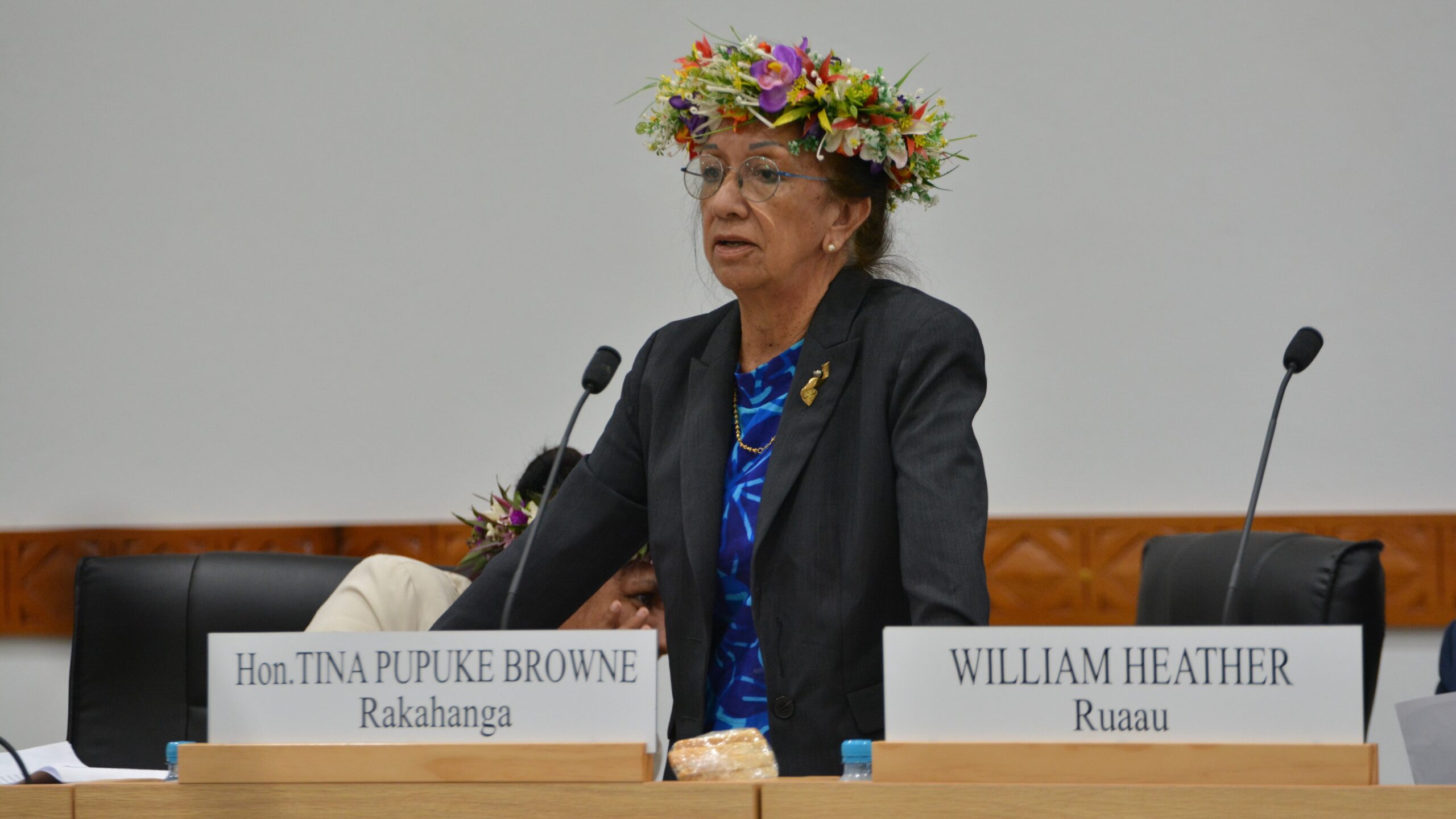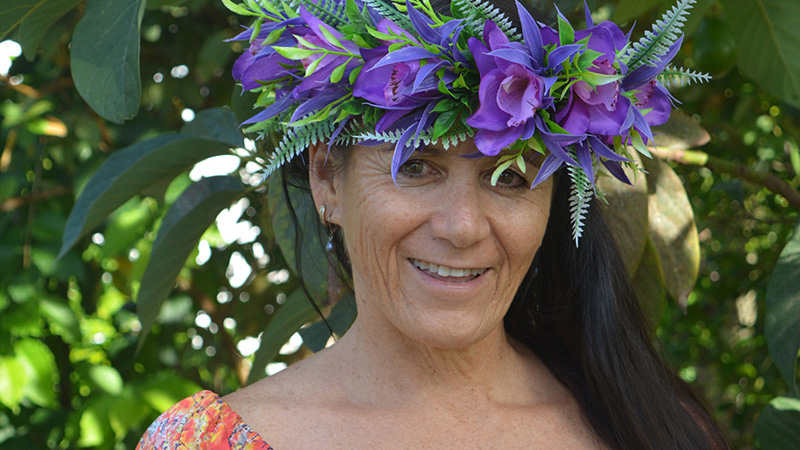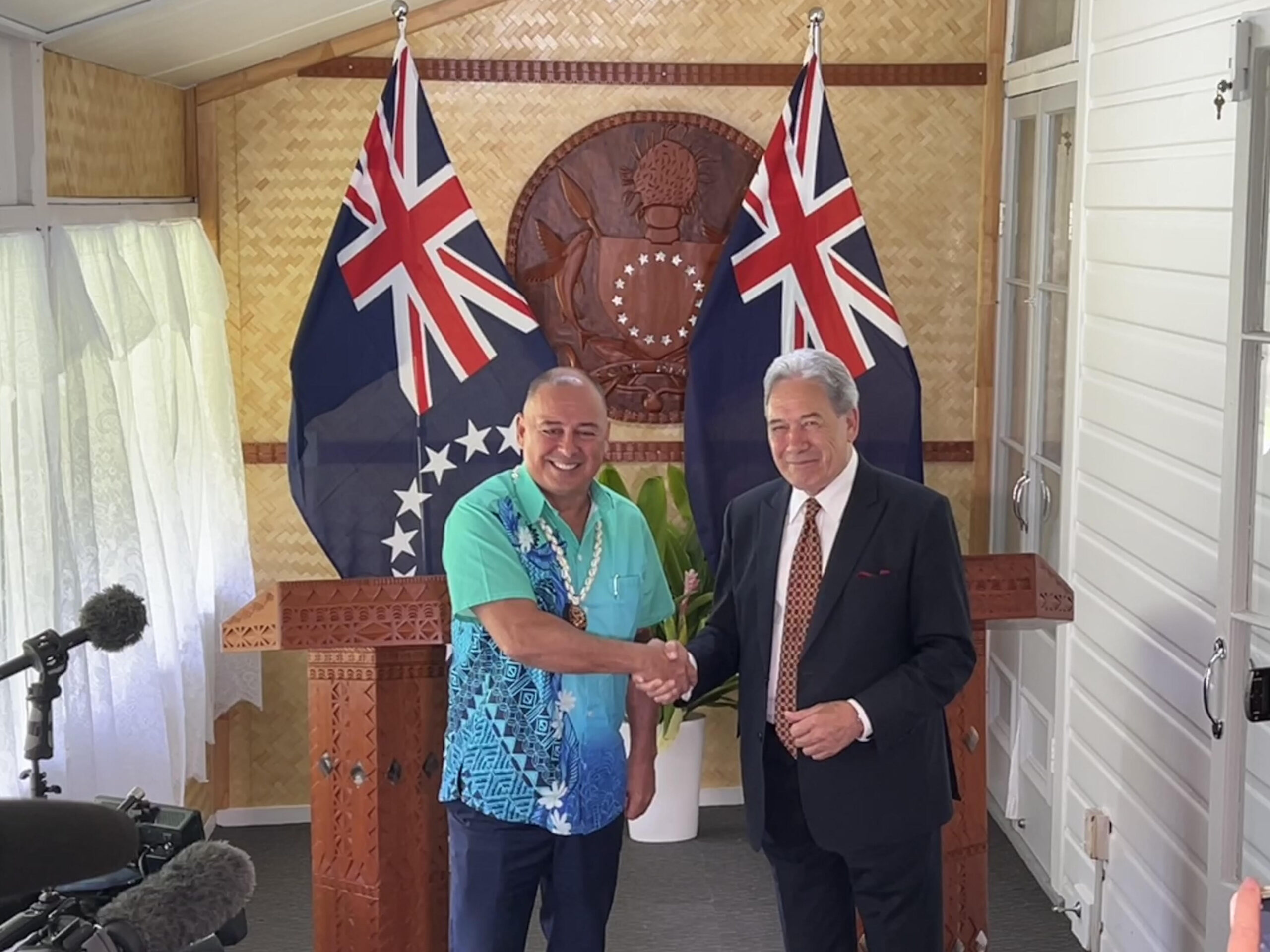Part II: The migratory mysteries of Cook Islands’ Green turtles
Saturday 5 April 2025 | Written by Gerald McCormack | Published in Environment, Features, In Depth, National, Weekend
Turtle tourism has become a popular year-round activity in Rarotonga, with both government and civil society groups working to ensure it is safer for turtles and people. In a three-part series, Gerald McCormack of the Cook Islands Natural Heritage Trust writes about the distinct lifecycle of the Green sea turtle, which has a distinct lifecycle compared to Hawksbill turtles, the two types of ‘resident’ turtles that local turtle tourism is built around. This is part two of the series where McCormack examines the natural lifecycle of turtles.
The diagram illustrates the typical lifecycle of a wild Green Turtle feeding around Fiji and breeding on an island in our region, specifically American Samoa, the Cook Islands and the Society Islands.
On Tetiaroa atoll, most nesting females had an average shell length of 90 to 110 centimetres, with the smallest at 85cm. They nested three to five times (range: 2-6) at approximately fortnightly intervals (range: 12-15 nights).
Each female crawled ashore and, above high tide, used her hind flippers to dig a nest or egg chamber about 55 cm deep (range: 30-80 cm) with a bulbous base, into which she laid about 90 (range: 10-140) table-tennis-ball-sized eggs. After covering the nest, she moved away and disturbed the sand to create one or two “false nests” or “decoy nests” before returning to the ocean. The activity took about two hours, during which only 15 minutes were spent laying the eggs. Sometimes, a female would dig here and there but not find a suitable substrate and return to the sea. This type of activity is known as a “false crawl”.
The depth and amount of shading in a nest are crucial because they regulate the temperature of embryo development, which in turn determines the sex of the young. The sex of human embryos is set genetically at the time of conception. This is not the case for Green turtles, where the embryo has no biological sex for the first trimester of 20 days. Their sex is determined during the second trimester, when higher temperatures produce more females (“hot chicks”) and lower temperatures produce more males (“cool guys”).
>Also read: The migratory mysteries of Cook Islands’ Green turtles
Above 31°C, all hatchlings are female; below 28°C, all are male. The pivotal temperature is about 29°C at which half will be female and half male. It is a sensitive system, and when temperatures change, so does the ratio of females to males. Most turtle populations are biased towards having more females, which is likely an advantage because males can mate with multiple females.
Raising the temperature of the eggs will result in a higher proportion of females than usual. This can be caused by climate warming, reduced shade, or people relocating eggs to shallower holes or sunnier locations.
After about 60 days (50-65 days), the eggs hatch. The hatchlings, with shells a mere 5cm long, continue to feed on their yolk and, within a few days, dig up to near the surface. When the temperature drops, indicating it is night, they emerge en masse and frantically paddle-walk down the beach to enter the reef moat/lagoon, where predatory fish soon gather. The hatchlings immediately start a swim-frenzy to reach the ocean, where they continue their frantic swim away from the island to a lower concentration of predators.
While the swim-frenzy gave them a greater chance of avoiding predators, scientists have concluded that it is also a critical activity for innate learning. During this swim-frenzy, the Earth’s magnetic field imprints on the hatchling’s brain the geographic position in such a definitive way that, in 20-40 years, when it is sexually mature, it can navigate back to the beach on which it hatched.
After the swim-frenzy, they settle down and are mainly carried by the currents for about five years, known as the “lost years” because scientists cannot locate them. They are carnivorous at this stage, eating nearby invertebrates and small fish. They are dark above, making it difficult for predacious birds to spot them, and white below, making it difficult for predators below to see them against the bright sky. Despite the frantic running, swimming, and camouflage, almost all hatchlings are eaten or die of starvation during the “lost years”. It is sometimes said that less than 1 per cent of hatchlings survive long enough to settle in their adult feeding areas. This extreme mortality is why turtles need to lay a large number of eggs. Every egg matters!
When our hatchlings arrive in the seagrass meadows of Fiji, they are 25-50cm in shell length (Piovano et al., 2020) and are likely three to 10 years old. They transform from carnivores into herbivores, with some invertebrates or dead fish on the side. They also learn the geomagnetic position of the seagrass area where they settle.
Evidence from seagrass meadows in the Indian Ocean has shown that turtles feed for more than 80 per cent of daylight hours (Tarquet et al. 2006) and it is probably similar in Fiji. Green turtles are the sheep of the sea.
After 20 to 30 years, they become sexually mature and have a shell length of at least 85cm. Both females and males navigate vast distances to return to the beaches where they hatched to breed.
Near their birth beaches, the females mate with several males and store their sperm, which they use to fertilise the eggs when they are laid. They typically dig 3-5 nests at 13–14-night intervals over a period of a couple of months and lay 70-100 eggs in each.
A mature female migrating from Fiji to breed on Palmerston would have little or no food for six to seven months. While living mainly on her stored fat, she swims 2000 kilometres to Palmerston, digs three to five deep nest holes, lays 300-500 eggs, and swims 2000km back to Fiji. Although Fiji seagrass is very nutritious, it will take three to five years before she has rebuilt her fat reserves to undertake the journey again.
If lucky, she would have a reproductive life of 30-40 years, make the exhausting journey 10 times and contribute about 4000 eggs toward the survival of her species.
- The final instalment of the series next week will focus on the disruption of turtles’ natural migratory behaviour caused by transporting young turtles to Rarotonga.
















































Comments